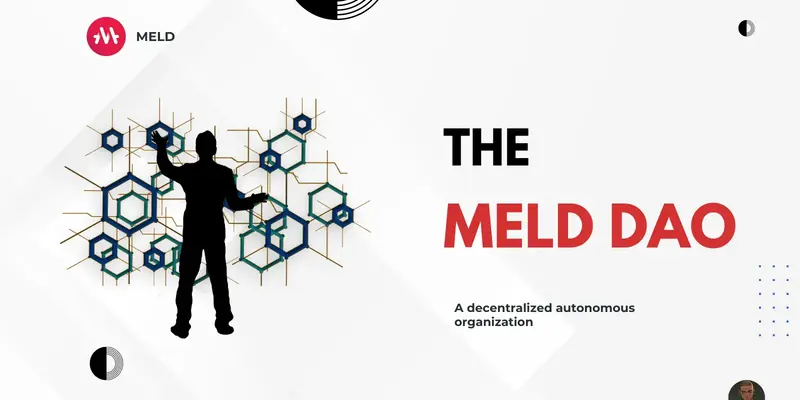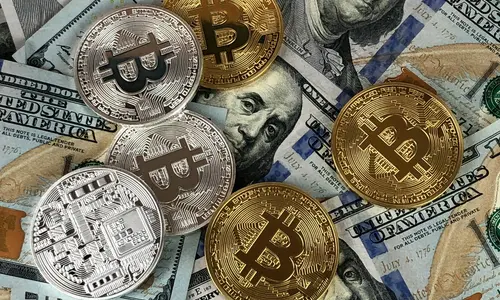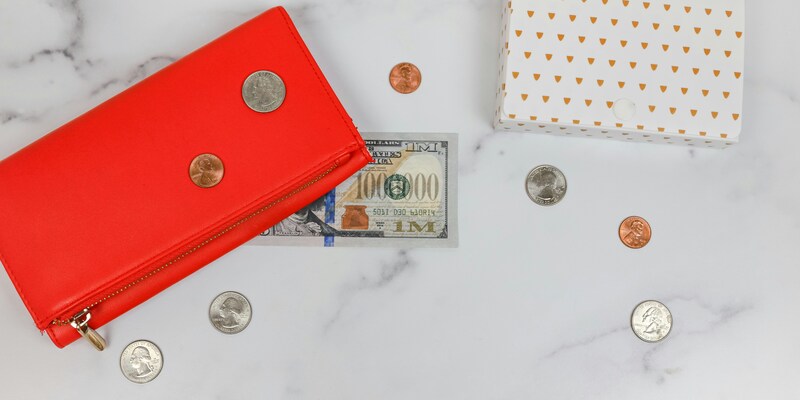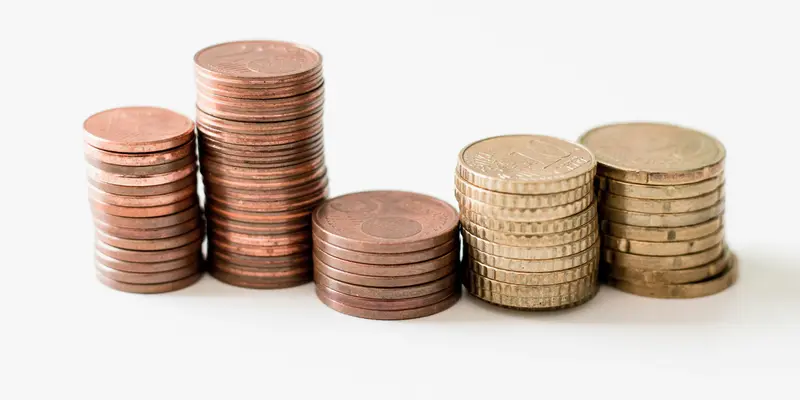You might be wondering “How does DAO Governance Work On The Meld Ecosystem?” well MELD DAO represents an evolving, decentralized autonomous organization (DAO) that aims to establish a robust and transparent governance structure for the MELD community. As DAOs continue to gain prominence in the blockchain ecosystem, MELD DAO’s approach to governance is designed to address both the opportunities and challenges that come with decentralized decision-making.
This article explores the key aspects of MELD DAO’s governance model, the role of the Governance NFT, and how MELD intends to progressively transition control to its community over the next few years.
MELD DAO Governance Overview
MELD DAO v1 is built on the foundation of community-driven decision-making, with a governance system structured around proposal creation, debate, voting, and ratification. This model ensures that all decisions within the DAO are made in a fair, transparent, and inclusive manner.
Initially, the governance process will be somewhat limited, with direct community participation focused primarily on voting up or down on MELD Improvement Proposals (MIPs). Over time, MELD aims to fully decentralize its governance structure, handing over complete control of both MIP creation and voting to the community.
In the initial phase of MELD DAO, the governance process will be overseen by a governance committee consisting of 13 elected members. This committee plays a critical role in guiding the early stages of the DAO, ensuring that the governance model is implemented effectively and that the community’s interests are safeguarded. The committee’s responsibilities include controlling the treasury multi-sig wallet, rebalancing MELD tokens across chains, submitting MIPs, and ratifying or rejecting proposals based on community participation levels.
A Core Component of MELD DAO
One of the most innovative features of MELD DAO’s governance system is the introduction of the Governance NFT. This unique non-fungible token serves as both a receipt for staking MELD tokens and a tool for participating in the governance process. Users are required to stake 20,000 MELD tokens to receive a Governance NFT, which they can then use to vote on proposals within the DAO.
The Governance NFT is not just a static asset; it comes with a range of features designed to enhance the user experience and ensure that governance is both efficient and secure. For instance, the NFT is transferable, allowing users to trade or sell their voting rights if they choose to do so. Additionally, the NFT supports delegation, enabling users to delegate their voting power to other NFT holders. This delegation system is flexible, allowing users to enable or disable delegation, change delegates at any time, and submit votes on behalf of multiple NFTs.
The MELD DAO v1 Governance Structure
The governance process within MELD DAO is designed to be methodical and inclusive, ensuring that all proposals undergo rigorous scrutiny before being implemented. The process can be broken down into four key stages:
1. Proposal Creation: Initially, only MELD-approved users, specifically the governance committee, have the authority to create proposals. This centralized approach in the early stages is intended to maintain order and prevent the submission of proposals that could potentially harm the community or the protocol.
2. Debate: Once a proposal is created, it is debated on an external forum. This stage allows the community to discuss the proposal, raise concerns, and suggest improvements. The debate phase is crucial for ensuring that all perspectives are considered before a proposal is put to a vote.
3. Voting: After the debate phase, the proposal is sent to the DAO for voting. At this point, the proposal cannot be modified, ensuring that the community votes on the exact version that was debated. Each Governance NFT represents one vote, and users can cast their votes directly or through delegated NFTs.
4. Ratification: Following the voting process, proposals that receive more than 75% of the available votes must be ratified by the governance committee. This ratification step adds an extra layer of security, ensuring that proposals with significant community support are carefully reviewed before being implemented. If a proposal receives less than 75% participation, the committee has the discretion to either ratify or reject it.
Governance Participation and the Path to Decentralization
MELD DAO’s governance model is designed with the long-term goal of full decentralization. While the governance committee plays a significant role in the early stages, this role will gradually diminish as the community becomes more engaged and experienced in managing the DAO. Over the next two years, MELD plans to progressively transfer control of the governance process to the community, ultimately allowing users to create and vote on proposals without the need for committee oversight.
To participate in the governance process, users must stake 20,000 MELD tokens and receive a Governance NFT. This NFT not only grants them voting rights but also serves as proof of their commitment to the DAO. Once a user has voted on all proposals they are interested in, they can redeem their NFT and retrieve their staked MELD, minus a potential fee.
Conclusion
MELD DAO is taking a measured and thoughtful approach to decentralized governance. By introducing the Governance NFT and gradually decentralizing control, MELD is ensuring that its community has a strong voice in the decision-making process while also safeguarding against potential bad actors. As the DAO evolves, the community’s role will continue to grow, paving the way for a truly decentralized and community-driven future.









